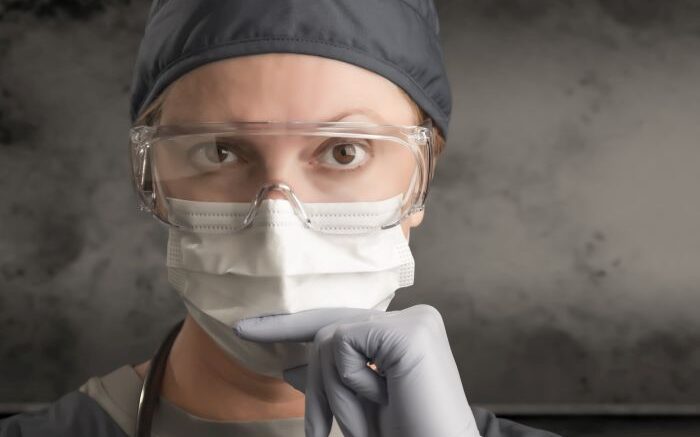Schubl, et al. (2023) point out that while others have reported severe acute respiratory syndrome-related coronavirus 2(SARS-CoV-2) seroprevalence studies in healthcare workers (HCWs), they leveraged the use of a highly sensitive coronavirus antigen microarray to identify a group of seropositive healthcare workers who were missed by daily symptom screening that was instituted prior to any epidemiologically significant local outbreak.
As the researchers explain, "Given that most healthcare facilities rely on daily symptom screening as the primary method to identify SARS-CoV-2 among health care workers, we aim to determine how demographic, occupational, and clinical variables influence SARS-CoV-2 seropositivity among healthcare workers."
The researchers designed a cross-sectional survey of HCWs for SARS-CoV-2 seropositivity conducted from May 15 to June 30 2020 at a 418-bed academic hospital in Orange County, California. From an eligible population of 5,349 HCWs, study participants were recruited in two ways: an open cohort, and a targeted cohort. The open cohort was open to anyone, whereas the targeted cohort that recruited HCWs previously screened for COVID-19 or work in high-risk units. A total of 1,557 HCWs completed the survey and provided specimens, including 1,044 in the open cohort and 513 in the targeted cohort. Demographic, occupational, and clinical variables were surveyed electronically. SARS-CoV-2 seropositivity was assessed using a coronavirus antigen microarray (CoVAM), which measures antibodies against 11 viral antigens to identify prior infection with 98% specificity and 93% sensitivity.
Among tested HCWs (n = 1,557), SARS-CoV-2 seropositivity was 10.8%, and risk factors included male gender (OR 1.48, 95% CI 1.05–2.06), exposure to COVID-19 outside of work (2.29, 1.14–4.29), working in food or environmental services (4.85, 1.51–14.85), and working in COVID-19 units (ICU: 2.28, 1.29–3.96; ward: 1.59, 1.01–2.48). Amongst 1,103 HCWs not previously screened, seropositivity was 8.0%, and additional risk factors included younger age (1.57, 1.00-2.45) and working in administration (2.69, 1.10–7.10).
The researchers conclude that SARS-CoV-2 seropositivity is significantly higher than reported case counts even among HCWs who are meticulously screened. Seropositive HCWs missed by screening were more likely to be younger, work outside direct patient care, or have exposure outside of work.
Reference: Schubl SD, et al. Risk factors for SARS-CoV-2 seropositivity in a healthcare worker population during the early pandemic. BMC Infectious Diseases. Vol. 23, Article number 330 (2023).
